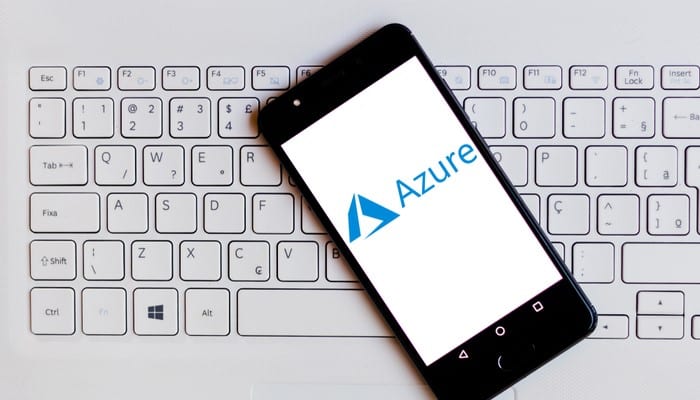We all know that things are changing fast in today's day and age. And nowhere else is this truer than in the IT world. To keep up with progress, companies have to upgrade or replace their systems continually if they wish to remain competitive and thrive in the 21-st century market. This could mean outsourcing your IT and getting an assessment.
Knowing exactly when it's time to outsource your IT infrastructure and get an assessment can prove the difference between a successful and an unsuccessful business year. That said, here are several telltale signs letting you know your IT system is outdated.
When You Can't Capitalize on New Opportunities
With today's technological advancements, customers expect their needs to be anticipated to provide a headache-free experience. Old legacy infrastructure rarely can provide this level of customer satisfaction. What's more, maintaining these outdated systems will cause businesses to be more at risk of outside forces and will often cost more over the mid to long-term.
Slow or No Growth Whatsoever
Business growth is usually a reliable indicator of technology readiness. When companies experience faster-rising costs than the top line, the culprit is almost always a technology gap. Businesses that properly use and implement technology will see top-line growth and lower operational costs at the same time.
Limited IT Productivity
It's a pretty well-known fact that regularly failing to meet deadlines is usually tied to a larger productivity problem. When it comes to outdated IT technology, the signs are pretty subtle and quite easy to ignore. But if your staff is starting to devise workarounds for your software, or are using supplemental software to make up for your current system's shortcomings, you know your current technology is doing more harm than good, and it's probably time to outsource your infrastructure.
Isolated Siloed Systems
Today's technology is evolving at an unprecedented rate. With the trend of the past decade being towards openness and more integration, many legacy IT systems are being left behind. As such, today's synergy created between data-producing and data-consuming systems cannot be understated in terms of their beneficial effect on productivity.
The problem, however, arises when many organizations are still using legacy IT, meaning that their teams are working in isolated silos. Trying to upgrade too many systems at once can also be counterproductive as it can slow down the overall pace and obscure important proof points. Outsourcing can be a more efficient alternative in this regard.
Dated Core Apps
Core applications such as a company's ERP and CRM are often taken for granted and will go untouched for many years. This oversight often happens because replacing them will usually result in a partial or complete business shut down for the duration of the transition. But many of the other applications will be changing more quickly, making your core systems lag in terms of features, functionality, and integration.
Reliance on Old Applications
Companies can also find themselves over-relying on old applications that are no longer supported by their developers. This reliance can tie the entire organization to an old IT system, which also increases security risks. These, so-called orphan applications need to be addressed before any serious issues arise. Outsourcing your IT infrastructure will help bypass the situation.
Continued Reading

October 20, 2019
Do IT Unicorns Exist? Challenges With Hiring IT In-House
Businesses today have a continually increasing list of IT requirements, […]
LEARN MORE
November 10, 2019
Pros & Cons of Microsoft Azure
Microsoft Azure is Microsoft’s official cloud computing service that is […]
LEARN MORE
